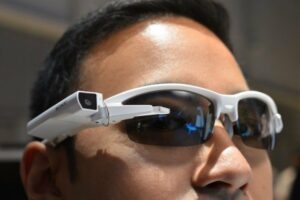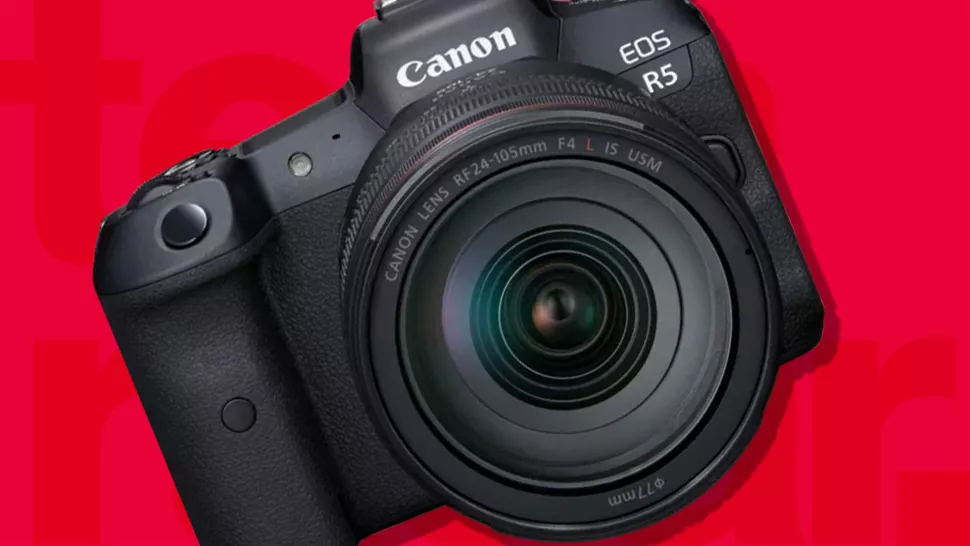
Out of focus: Lytro Light field camera
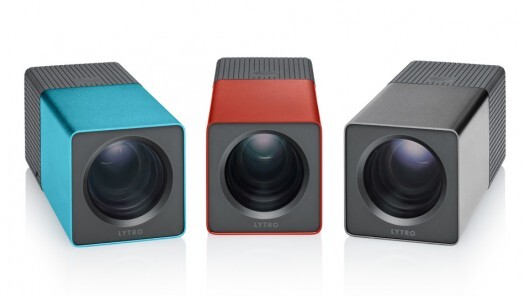
Powerful photo development software and the exceptional capabilities of modern digital cameras have given us the ability to tweak key parameters like exposure and white balance after the fact. If a photo is out of focus though, it can’t be saved … or can it?
The ability to shift the focus point of an image after it has been taken is one of the features of light field cameras (also called plenoptic cameras). Though first proposed more than a century ago, this technology is only now finding its way into the consumer space with the release of the Lytro light field camera.
As well as its seemingly magical focus shifting capability, the Lytro offers exceptional low light performance, reduced shutter lag, simultaneous 2D and 3D shooting and the ability to subtly alter the viewing perspective after the shot is taken. Definitely a space to watch.
Gigapixel panoramas

The ability to create panoramic images has evolved rapidly in recent times with many consumer models featuring impressive “sweep-panorama” capability – but none can match the pixel count obtainable from using the GigaPan EPIC. This robotic camera mount system lets you use your digital SLR to create ginormous gigapixel composite images including 360-degree and time-lapse panoramas.
The term gigapixel is definitely one we’ll hear regularly in the near future … and not just in relation to systems like Gigapan. Researchers at Duke University and the University of Arizona have already built a prototype one-gigapixel camera that essentially takes the same approach and wraps it into a single device. The prototype uses an array of 98 14-megapixel microcameras, but the researchers say that creating images at resolutions of up to 50-gigapixels is possible by simply adding more cameras. Storing and transferring these images is another story, but technology will no doubt rise to that challenge, too.
Recording what you see
Action cams have exploded in the last decade and rugged models that allow you to take high-quality video and stills of what you are seeing are now thick on the ground.
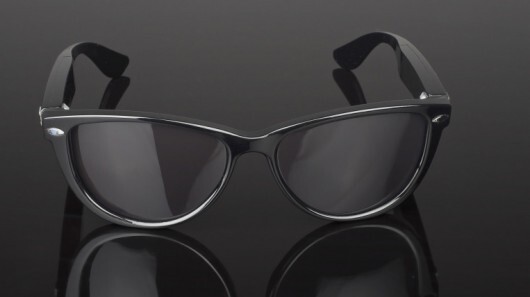
The arrival of video glasses from companies such as Pivothead and Google, and the likes of Zeal’s HD recording ski-goggles have taken this further, so what’s next.
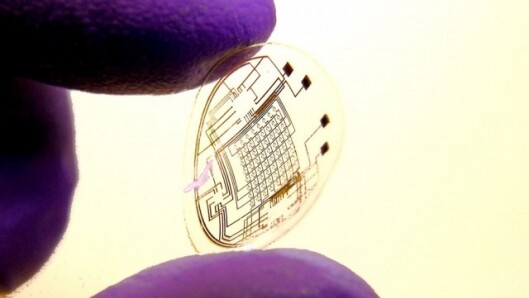
The answer is almost certainly image capturing prostheses – i.e. bionic eyes. Systems designed to restore sight to the blind by replacing the retina with an image capturing electrode are already well on their way to maturity. Of course, the idea of just anyone undergoing surgery to have a “camera-eye” implanted is ludicrous – for now – but there may be another avenue in the form of electronic contact lenses.
These devices combine a flexible contact lens with an imprinted electronic circuit and lights and could logically become the ultimate in “always on” image capture devices … as well as opening up a whole new world of augmented reality scenarios. Talk about never missing a moment.
New angles
There are many ways to get a shot without actually being behind the lens and the options aren’t likely to start shrinking any time soon – here’s a couple of perspectives you may not have seen.The brainchild of Jonas Pfeil from the Technical University of Berlin, the throwable ball cam is just that – a spherical array of cameras that snaps photos when you toss it in the air. The prototype device features 36 small, two-megapixel mobile phone cameras that can be viewed on a special panoramic viewer.
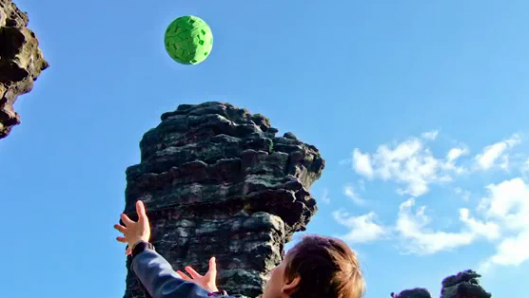
Another aerial innovation that brings a new angle to photography is the Swinglet CAM. Using UAV spy-plane technology that’s long been the preserve of the military, the Swinglet can be remotely controlled or programmed to autonomously follow a predetermined flight path while capturing 12-megapixel images of your neighborhood … which of course the locals may not be too impressed with.

Liquid lenses
The rapid advancement in the quality of pics that your smartphone can deliver has taken phone-cams from last resort to viable plan B, particularly if a photo opportunity takes you by surprise. The capabilities of these tiny cameras will continue to expand and one technology that’s been in the wings for some years will play a key role in this – liquid or fluid lenses.

A liquid lens bypasses the limitations of fixed optics by altering the shape of the lens so that the focal length can be changed in a similar way to how the human eye works. Zoom functionality could also be achieved in this way and big players like Samsung and Philips have already signaled their intention to bring this technology to market. Samsung’s patent is particularly interesting because it uses two separately controllable liquid lenses in a single array to provide both autofocus and zoom functions.
Holographic displays – the new 3D
With all of the advances in 3D image capture it’s unlikely that we’ll be satisfied with viewing images on a flat screen for too much longer – with or without glasses. The next step is of course the full-blown holographic display and while we are still a long way off, the technology is evolving. In 2010 researchers from the University of Arizona, Tucson, unveiled a holographic system capable of transmitting a series of rudimentary three-dimensional images in near-real-time, and last year MIT scientists managed to transmit and display a holographic subject on-the-fly using primarily off-the-shelf components.
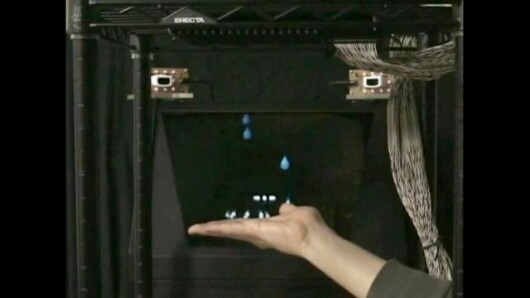
There are even more mind-blowing developments in the pipe, however – the University of Tokyo is working on a “tactile holographic display” that not only enables you to see floating images, but feel them as well!
Canon Wonder Camera
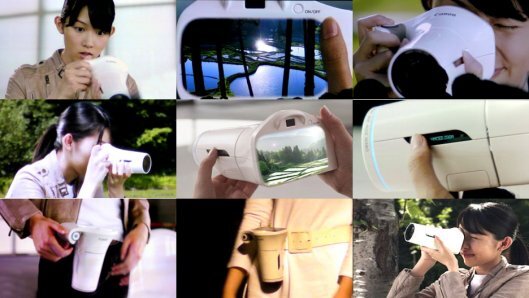
The last item on our list deserves a mention because it is one of the very few examples of a “concept camera” we’ve seen and, on top of that, it comes from one of the world’s biggest and best known camera companies – Canon. While sticking to a familiar, although slightly space age, version of the traditional DSLR form factor, the Canon Wonder Camera proposes features that could well become a reality coming decades – massive resolution, spectacularly long zoom, sophisticated subject recognition, and lightning fast transfer speeds. Futuristic – yes, but hardly fanciful given the exponential trends in camera technology we’ve seen in the last 20 years.

